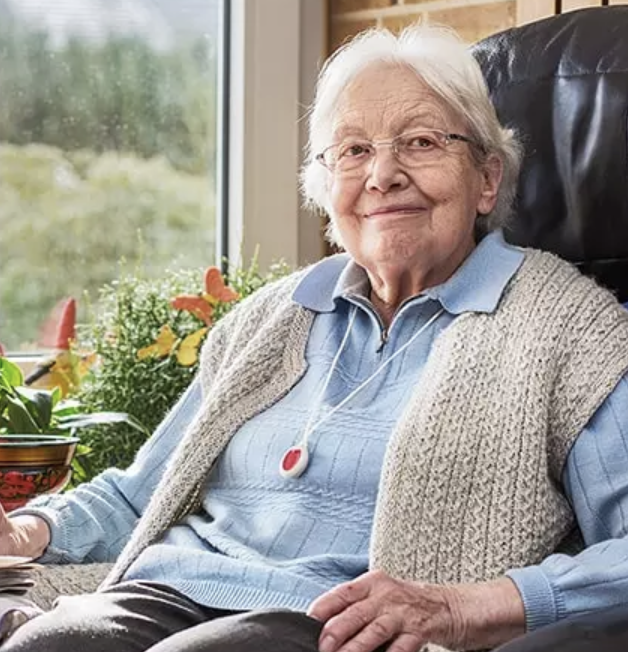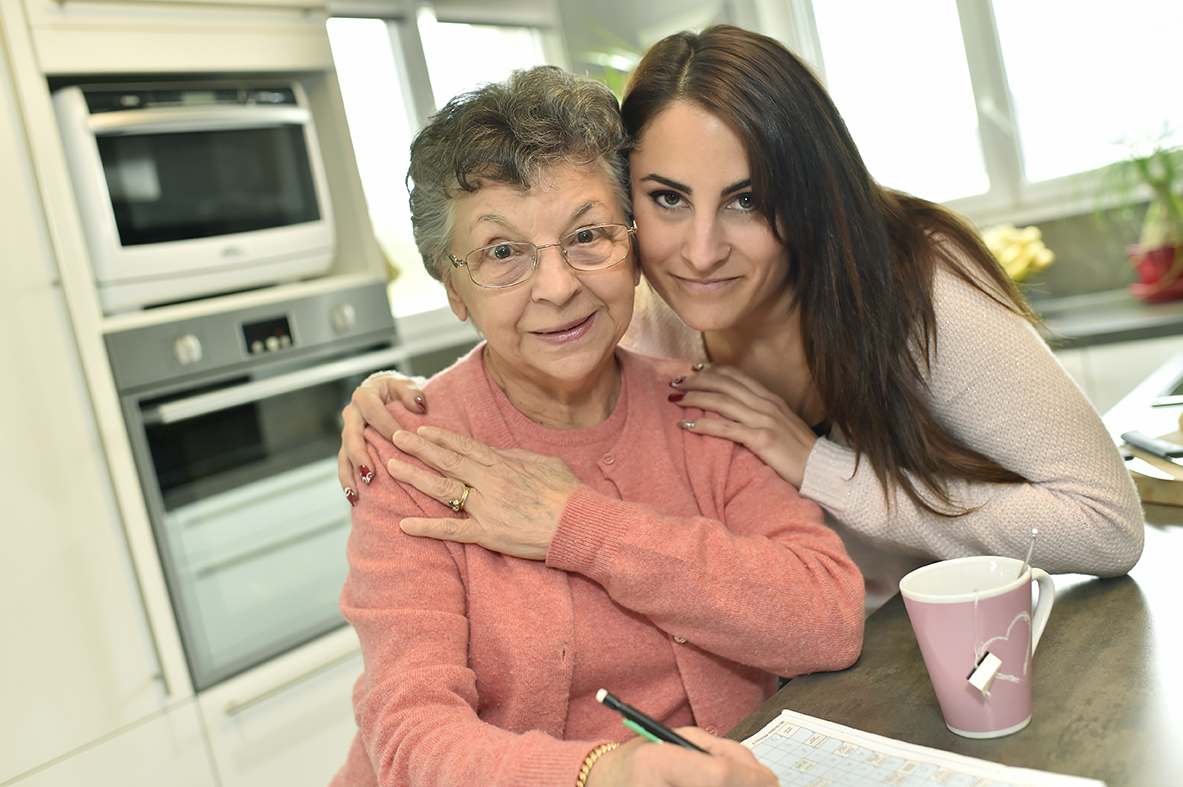
Rheumatoid arthritis (RA) is a chronic autoimmune disease that primarily affects the joints, leading to inflammation, pain, and joint damage. While there's no cure for RA, there are ways to manage its symptoms, improve joint function, and find comfort. In this article, we'll explore the challenges of living with RA, the importance of comfortable relief for joint pain, and strategies to enhance your quality of life while dealing with this condition.
Rheumatoid arthritis (RA) is an autoimmune disorder that causes joint pain, swelling, and stiffness due to the immune system attacking the body's tissues. While there is no cure for RA, various strategies can provide comfort and relief from its symptoms.
Understanding RA symptoms:
Find YOUR ideal care home NOW!
RA symptoms can vary but commonly include joint pain, swelling, stiffness, fatigue, and joint deformities. Early recognition of these symptoms is crucial for timely management.
Strategies for comfort and relief:
1. Medications: Disease-modifying antirheumatic drugs (DMARDs) and biologics can help reduce inflammation and slow disease progression.
2. Physical therapy: Tailored exercise programs from a physical therapist can improve joint function, strength, and flexibility, reducing pain and disability.
3. Joint protection: Assistive devices like splints and braces can support and protect joints, while ergonomic adaptations in daily activities can minimize strain.
4. Rest and stress management: Adequate rest and stress reduction techniques such as meditation can alleviate RA symptoms and improve overall well-being.
5. Supportive footwear: Wearing supportive shoes can reduce stress on joints, particularly in the feet, providing comfort and relief.
6. Weight management: Maintaining a healthy weight can lessen the strain on joints and alleviate pain associated with RA.
7. Hot and cold therapy: Applying heat or cold to affected joints can temporarily alleviate pain and inflammation.
8. Regular check-ups: Routine consultations with healthcare providers allow for adjustments to treatment plans and ensure effective management of RA symptoms.
Support and quality of life:
Support groups offer emotional support and practical advice, enhancing coping mechanisms and improving quality of life for individuals with RA. Embracing a holistic approach, including diet, exercise, and stress management, can further enhance well-being.
Strategies for Comfort and RA Symptom Relief
| Strategy | Benefit | Implementation |
|---|---|---|
| Medications (DMARDs & Biologics) | Slows disease progression and reduces inflammation. | Prescribed by a rheumatologist, taken as directed. |
| Physical Therapy | Improves joint flexibility, strength, and function. | Engage in tailored exercise programs with a therapist. |
| Joint Protection | Reduces stress on joints and prevents further damage. | Use assistive devices like splints, ergonomic tools. |
| Hot and Cold Therapy | Relieves stiffness and inflammation. | Apply heating pads for stiffness, ice packs for swelling. |
| Weight Management | Lessens strain on weight-bearing joints. | Follow a balanced diet and maintain an active lifestyle. |
| Rest and Stress Management | Reduces fatigue and eases symptoms. | Incorporate relaxation techniques like meditation. |
| Regular Check-Ups | Ensures treatment plan is effective. | Consult a rheumatologist regularly. |
While rheumatoid arthritis poses challenges, managing its symptoms is achievable through a combination of medical treatment, lifestyle adjustments, and support. By adopting these strategies and seeking professional guidance when needed, individuals with RA can find comfort, relief, and an improved quality of life.
FAQ:
1. What are the early signs of rheumatoid arthritis?
Early symptoms include joint pain, swelling, morning stiffness, and fatigue. Symptoms often start in small joints like fingers and toes.
2. Can rheumatoid arthritis be cured?
No, RA has no cure, but treatment can slow disease progression and improve quality of life.
3. What are the best medications for RA?
Doctors often prescribe DMARDs, biologics, NSAIDs, and corticosteroids to manage symptoms and reduce inflammation.
4. How does physical therapy help with RA?
Physical therapy improves joint flexibility, strengthens muscles, and helps maintain mobility.
5. What foods should I avoid with rheumatoid arthritis?
Avoid processed foods, excessive sugar, red meat, and trans fats, as they can increase inflammation.
6. Is exercise good for rheumatoid arthritis?
Yes, low-impact exercises like swimming, yoga, and walking can improve joint function and reduce stiffness.
7. What natural remedies help with RA pain?
Turmeric, omega-3 fatty acids, ginger, and hot/cold therapy can provide natural relief.
8. Can stress make rheumatoid arthritis worse?
Yes, stress can trigger flare-ups, so relaxation techniques like meditation and deep breathing are beneficial.
9. How important is weight management for RA?
Maintaining a healthy weight reduces pressure on joints and can significantly improve symptoms.
10. When should I see a doctor for rheumatoid arthritis?
If you experience persistent joint pain, swelling, or morning stiffness lasting over an hour, consult a rheumatologist for evaluation.
Need help finding a care home?
Senior Home Plus offers free personalized guidance to help you find a care facility that suits your health needs, budget, and preferred location in the UK.
Call us at 0203 608 0055 to get expert assistance today.
Do you need a care home for yourself or your loved one?
Search for Care Homes by Region
| East Midlands | Eastern | Isle of Man |
| London | North East | North West |
| Northern Ireland | Scotland | South East |
| South West | Wales | West Midlands |
| Yorkshire and the Humber |
Share this article :
Latest posts
You are looking for an establishment for your loved one ?
Get availability & prices
Fill in this form and receive
all the essential information
We would like to inform you of the existence of the opposition list for telephone canvassing.









